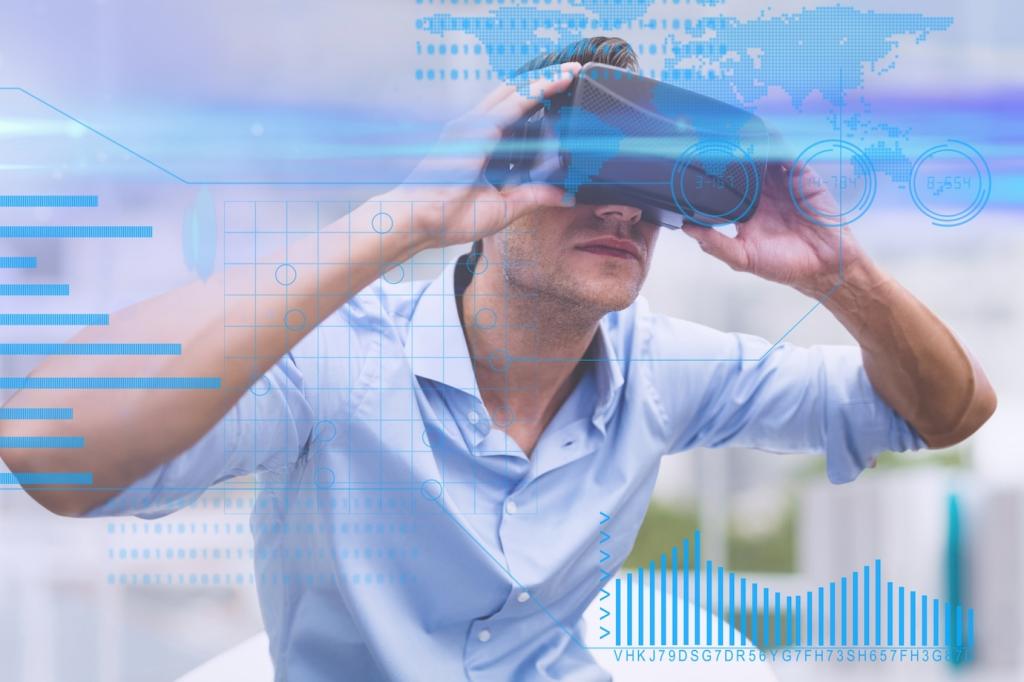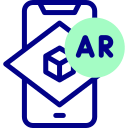
Chosen Theme: Augmented Reality SDKs for Mobile Platforms
Step into the living edge of mobile computing. Today’s focus is Augmented Reality SDKs for Mobile Platforms—your gateway to immersive experiences that blend digital content with the real world. Subscribe for weekly deep dives, and tell us which SDK powers your most exciting prototype.

This is the heading
Lorem ipsum dolor sit amet, consectetur adipiscing elit. Ut elit tellus, luctus nec ullamcorper mattis, pulvinar dapibus leo.

This is the heading
Lorem ipsum dolor sit amet, consectetur adipiscing elit. Ut elit tellus, luctus nec ullamcorper mattis, pulvinar dapibus leo.

Device Compatibility and Sensor Access
ARKit targets iOS devices with powerful Apple silicon, leveraging consistent hardware and tight integration. ARCore spans Android’s diverse ecosystem, adapting to varying cameras and motion sensors. Both rely on SLAM, but hardware consistency can affect tracking stability, feature availability, and testing strategy.
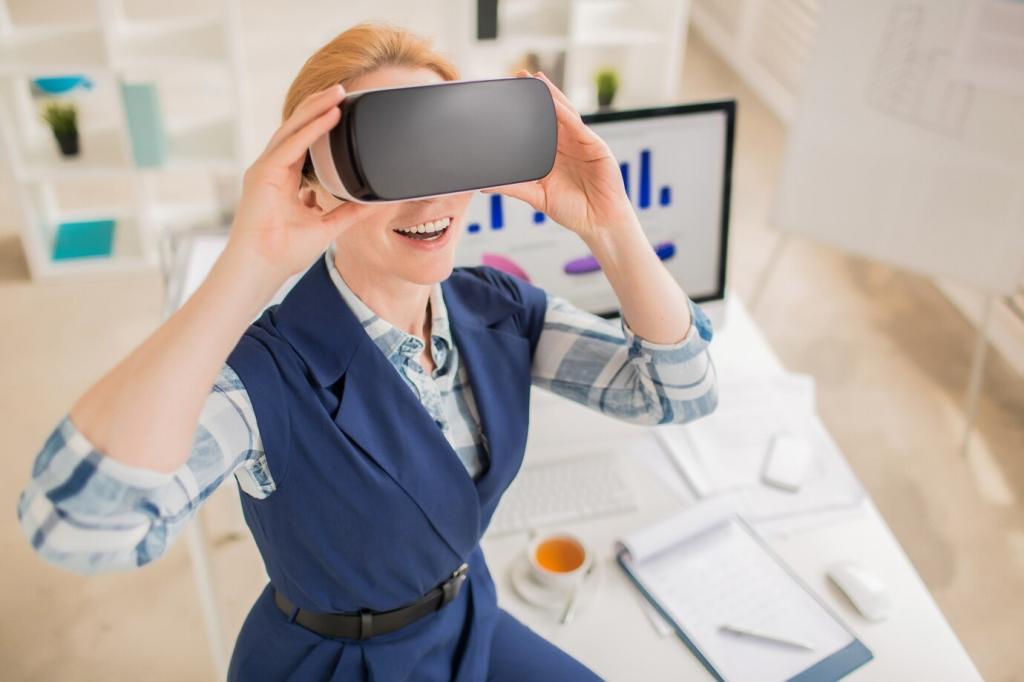
Depth, Occlusion, and Real-World Geometry
ARKit’s LiDAR on supported iPads and iPhones elevates scene reconstruction and occlusion fidelity. ARCore’s Depth API infers per-pixel depth from multiple views on many devices. Both enable more convincing placement, realistic physics, and people or object occlusion that sells the illusion of spatial coexistence.
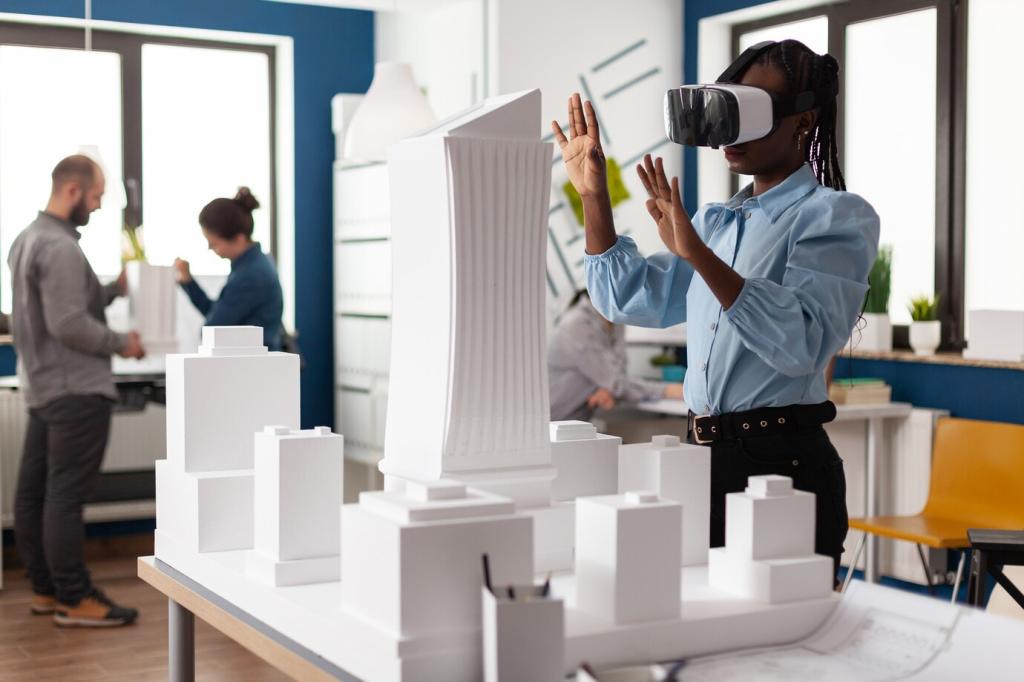
Geospatial Features and Location-Based AR
ARCore’s Geospatial API uses global localization for city-scale AR aligned to the world. ARKit’s Location Anchors tie content to geographic positions on supported devices and areas. Each approach unlocks persistent outdoor content, navigation overlays, and tourism layers that feel anchored to physical places.
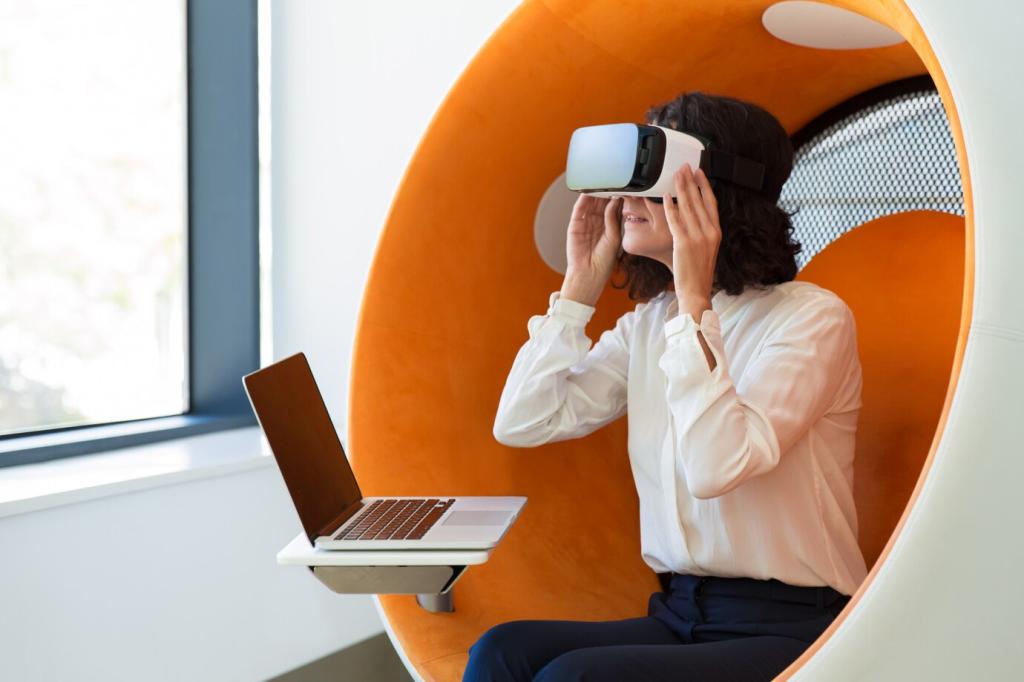
Onboarding That Calibrates and Builds Trust
Guide users to move their device slowly, look for features, and scan the floor, walls, or table. A clear progress indicator, gentle haptic cues, and immediate feedback reduce confusion, build confidence, and help the SDK lock onto the environment for stable placement and interactions.
Interaction Patterns That Feel Obvious
Use familiar gestures: tap to place, pinch to scale, rotate to orient. Provide handles and visual affordances. Keep UI readable against camera imagery, and ensure important buttons remain reachable in one-handed use. Explain how to reset anchors when tracking drifts, without breaking immersion.
Comfort, Safety, and Social Awareness
Encourage users to be mindful of surroundings. Avoid long sessions that invite fatigue and motion sickness. Respect bystanders with clear indicators when recording, and design experiences that do not encourage risky movement or blocking walkways while users focus through a device viewfinder.
Performance, Power, and Real-Device Testing
Aim for a stable 30 or 60 frames per second depending on device and content. Reduce overdraw, batch draw calls, and keep shaders simple. Profile on target hardware, because simulator performance and desktop assumptions can hide stutters that break immersion during scanning and placement.
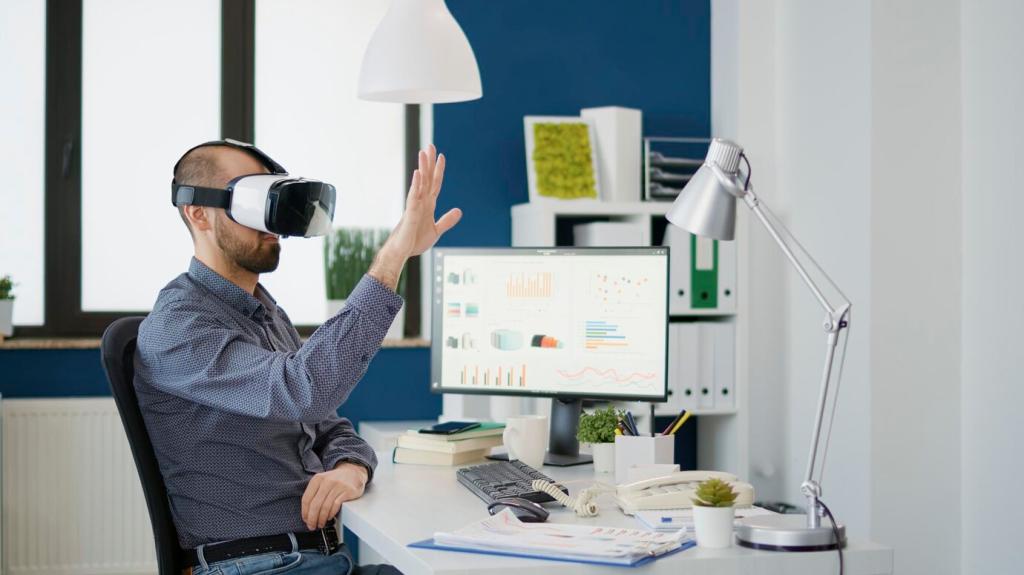
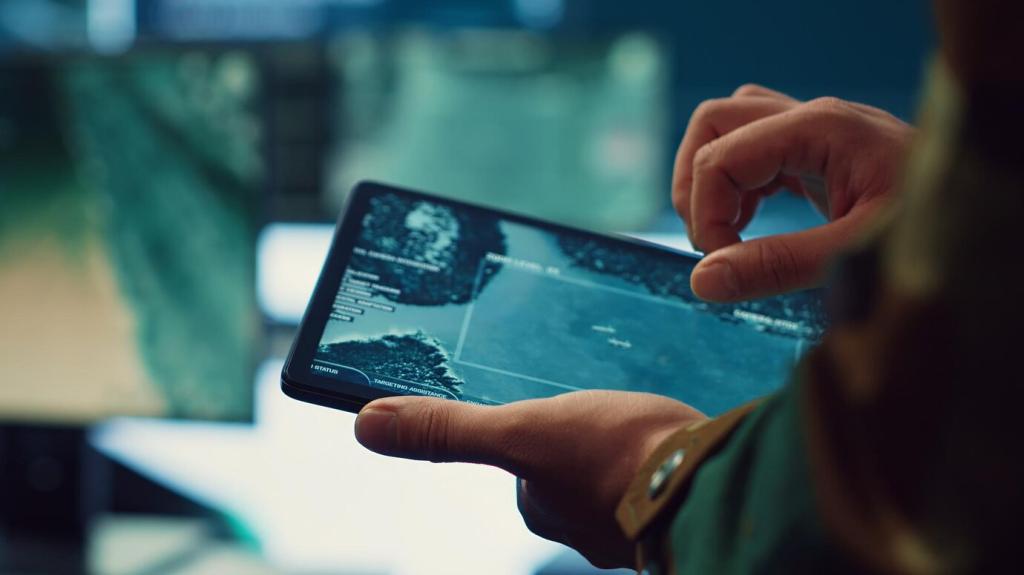
Performance, Power, and Real-Device Testing
Continuous camera, GPU, and CPU use drains power quickly. Offer low-power modes, scale down effects under heat, and pause nonessential computations when the camera view is idle. Transparent battery expectations build trust and keep users coming back for longer, healthier AR sessions.
3D Assets, Formats, and Pipelines for Mobile AR
Choosing USDZ and glTF Wisely
Use USDZ for seamless iOS integration and quick previews in native viewers. Choose glTF for a compact, engine-friendly format with PBR materials. Maintain consistent scale, orientation, and naming to minimize surprises when assets cross between DCC tools, pipelines, and different rendering engines.
Optimization for Speed and Fidelity
Keep polygon counts appropriate for handheld devices. Generate LODs, bake lighting where possible, and compress textures thoughtfully. Avoid heavy transparency and complex shaders unless necessary. Small wins add up, making placement responsive, animation smooth, and occlusion believable on a variety of phones.
Lighting, Materials, and Visual Cohesion
Match real-world lighting with environment probes and SDK-provided estimates. Use PBR workflows for consistent results across devices. Calibrate roughness and metalness to avoid plastic-looking props, and test surfaces against the live camera feed to ensure your assets blend convincingly with reality.
Privacy, Permissions, and Responsible AR
Permission Prompts That Inform, Not Alarm
Explain why you need camera, motion, and location access using plain language and concrete benefits. Request permissions progressively, exactly when needed. Users are far more likely to grant access when they understand how it makes tracking, placement, or navigation features work reliably.
Data Minimization and On-Device Processing
Process imagery and depth on-device whenever feasible, and store only what is essential. If you upload environment data for cloud anchors, document retention policies clearly. Offer opt-outs and easy data deletion so users feel empowered and respected throughout their AR journeys.
Bystander Awareness and Recording
Indicate when the camera is active and when recording begins. Avoid inadvertent face capture or sensitive signage in shared spaces. By setting thoughtful defaults, your app can delight users while staying considerate of everyone else inhabiting the augmented world around them.
From Prototype to Production: A Shipping Story
The First Win: A Measuring App That Stuck
Our early prototype used ARKit plane detection to measure furniture. It felt magical when the edge aligned perfectly with a couch. Users wrote back asking for snapping, saving, and export. That feedback loop transformed a demo into a tool people reached for daily.
Instrumentation, Metrics, and Iteration
We tracked session length, placement success rate, and relocalization frequency to find pain points. Heatmaps revealed weak onboarding in dim rooms. With small tweaks—clearer scanning prompts, brighter affordances—engagement rose, and crash rates dipped as we isolated problematic devices and shader paths.
Release Discipline and Community Input
Feature flags let us ship cautiously across ARKit and ARCore. Beta channels surfaced thermal regressions on mid-tier phones before public release. Tell us what you want covered next—cloud anchors, occlusion tricks, or Lightship multiplayer—and subscribe to follow our next optimization sprint.
